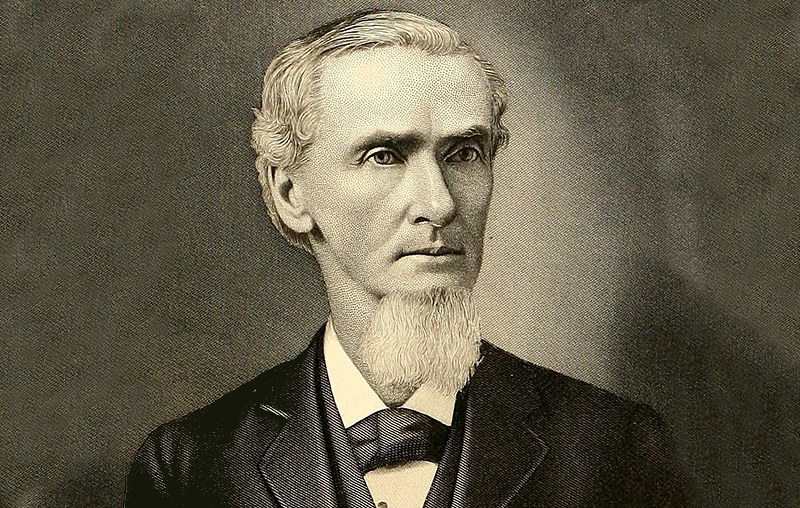Isaac Frazer’s side activities were not limited to politics and education, he was also involved in church activities. Frazer’s ancestors were Quakers, but by the time of his adulthood, Isaac had been a part of a newer denomination that had grown out of the leadership of mainly one man from Harrisburg, John Winebrenner, which was called the Church of God.
Isaac Frazer’s father-in-law Rev. Jacob Kister was heavily involved in this new denomination, and was in charge of the congregation that had been meeting in Goldsboro a decade or two before Goldsboro’s founding. Isaac Frazer’s wife, Susan Kister, was one of the first to be baptized into this local congregation. Isaac became a huge patron of the local church, already having to help construct a new church building mentioned earlier.


Pingback: The Church of God - Goldsboro Historical Association